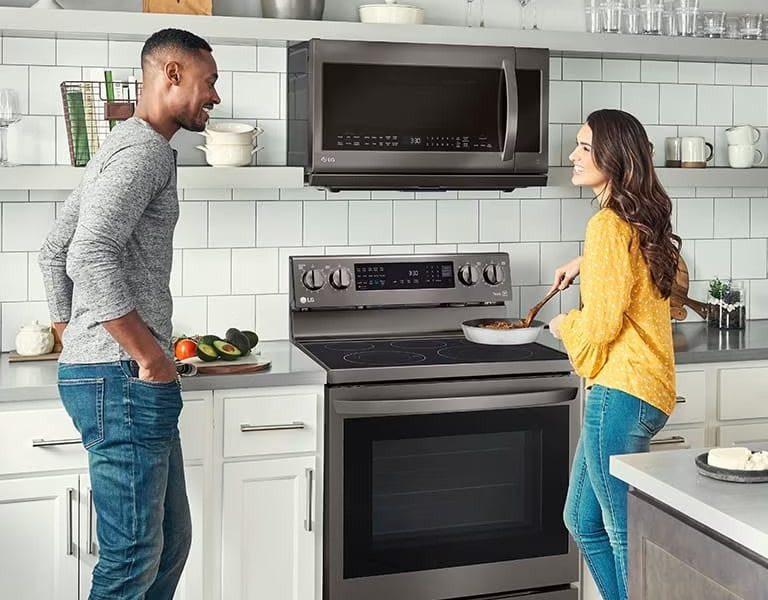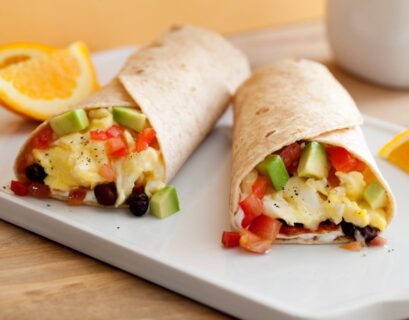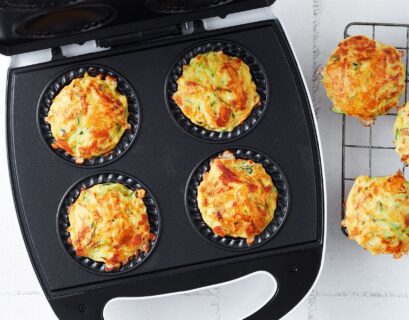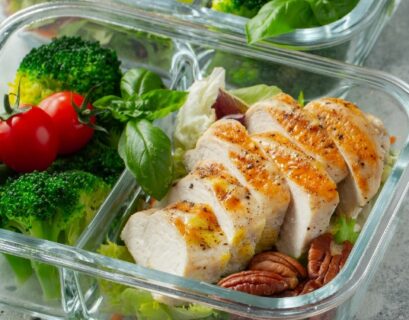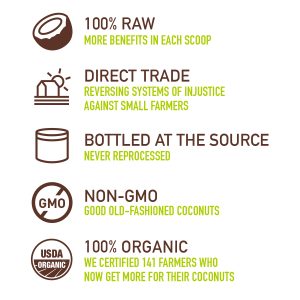In the contemporary quest for sustainability, the kitchen emerges as a focal point for making eco-friendly choices. Kitchen appliances, in particular, play a crucial role in energy consumption, and optimizing their efficiency can significantly contribute to reducing environmental impact. In this article, we delve into the ways individuals can choose and use kitchen appliances to maximize energy efficiency, creating a more sustainable and mindful culinary space.
1. Look for Energy Star Ratings:
When in the market for new kitchen appliances, one of the first considerations should be the Energy Star label. Energy Star is a program that identifies and promotes energy-efficient products, including kitchen appliances such as refrigerators, dishwashers, and ovens. Products with the Energy Star label meet strict efficiency standards set by the Environmental Protection Agency (EPA) and the Department of Energy (DOE), ensuring lower energy consumption and reduced environmental impact.
2. Invest in High-Efficiency Refrigerators:
Refrigerators are among the most energy-consuming appliances in the kitchen. When choosing a refrigerator, opt for high-efficiency models that feature advanced insulation, variable speed compressors, and smart temperature controls. Consider the size of the refrigerator based on your actual needs to avoid unnecessarily large units that consume more energy than necessary. Additionally, keep the refrigerator coils clean and well-maintained to enhance overall efficiency.
3. Select Induction Cooktops:
Induction cooktops are a more energy-efficient alternative to traditional gas or electric stovetops. Unlike conventional methods that rely on heating elements to transfer heat, induction cooktops use electromagnetic fields to directly heat the cookware. This results in faster cooking times, precise temperature control, and increased energy efficiency. Induction cooktops also offer safety benefits, as they remain cool to the touch during operation.
4. Consider Convection Ovens:
Convection ovens, equipped with fans that circulate hot air, are more energy-efficient than traditional ovens. The even distribution of heat allows for lower cooking temperatures and shorter cooking times, reducing overall energy consumption. When shopping for ovens, prioritize convection models to maximize energy efficiency while enjoying the versatility of conventional baking methods.
5. Choose Energy-Efficient Dishwashers:
Dishwashers equipped with energy-efficient features can significantly reduce water and energy consumption. Look for models with sensors that adjust water usage based on the load size and soil level. Selecting the appropriate wash cycle for the level of cleaning needed can also contribute to energy efficiency. Additionally, consider using the dishwasher’s air-dry feature or allowing dishes to air dry naturally instead of relying on heat-drying functions.
6. Optimize Refrigerator and Freezer Placement:
Efficient placement of refrigerators and freezers can impact their overall energy usage. Avoid placing these appliances in direct sunlight or next to heat-producing appliances, as they will have to work harder to maintain optimal temperatures. Leave adequate space around the refrigerator and freezer for proper ventilation, and ensure that the door seals are in good condition to prevent energy waste.
7. Utilize Energy-Saving Settings:
Many modern kitchen appliances come with energy-saving settings or modes. Familiarize yourself with the user manual of each appliance to understand and activate these features. For instance, dishwashers may have a “half-load” setting for smaller loads, and refrigerators might offer an “energy-saving” mode. Taking advantage of these settings can lead to substantial energy savings over time.
8. Use Energy-Efficient Lighting:
While not a primary consideration for major kitchen appliances, lighting can still contribute to overall energy efficiency. Replace incandescent bulbs with energy-efficient LED or CFL bulbs in appliances like ovens and range hoods. LEDs, in particular, are long-lasting and consume significantly less energy than traditional incandescent bulbs, making them an eco-friendly choice for kitchen lighting.
9. Employ Energy-Efficient Cooking Techniques:
The way you cook can impact the energy efficiency of your kitchen appliances. When using the oven, plan for batch cooking to maximize efficiency and reduce the need for frequent preheating. For stovetop cooking, match the size of the cookware to the size of the burner to minimize heat loss. Additionally, consider using lids on pots and pans to trap heat and reduce cooking times.
10. Regular Maintenance and Cleaning:
Proper maintenance and cleaning are vital for ensuring the energy efficiency of kitchen appliances. Regularly clean refrigerator coils to enhance cooling efficiency, remove lint from dryer vents to improve dryer performance, and clean dishwasher filters to optimize water flow. Regular maintenance not only extends the lifespan of appliances but also ensures they operate at peak efficiency.
11. Upgrade to Energy-Efficient Dishwashers:
If you’re in the market for a new dishwasher, prioritize models that feature advanced energy-saving technologies. Look for dishwashers with efficient water jets, soil sensors, and options for reduced water and energy usage. Investing in a high-efficiency dishwasher not only benefits the environment but also leads to long-term cost savings on utility bills.
12. Consider Energy-Efficient Microwaves:
Microwaves are generally more energy-efficient than traditional ovens for certain tasks. When reheating or cooking smaller portions, consider using a microwave instead of a conventional oven or stovetop. Opt for microwave-safe containers to maximize efficiency and minimize energy consumption. Modern microwaves often come with energy-saving features, such as sensor cooking and inverter technology.
13. Upgrade to Energy-Efficient Ventilation:
Kitchen ventilation systems, such as range hoods, play a crucial role in maintaining air quality and controlling temperature. Opt for energy-efficient ventilation systems that feature variable-speed fans and automatic sensors to adjust airflow based on cooking activity. This ensures optimal ventilation while minimizing energy usage when maximum ventilation is not required.
14. Choose Front-Loading Washing Machines:
Front-loading washing machines are generally more energy-efficient than top-loading counterparts. They use less water and detergent while providing better cleaning performance. Additionally, front-loading machines often have higher spin speeds, reducing the need for excessive drying time. When selecting a washing machine, prioritize front-loading models to maximize energy and water efficiency.
15. Explore Smart Appliance Technologies:
The integration of smart technologies in kitchen appliances offers new avenues for energy efficiency. Smart appliances can be programmed to operate during off-peak energy hours, optimize settings based on usage patterns, and provide real-time energy consumption data. Explore the possibilities of smart technologies to enhance energy efficiency in the kitchen and align with a sustainable lifestyle.
In conclusion, choosing and using kitchen appliances with energy efficiency in mind is a proactive step toward creating a more sustainable and eco-friendly culinary space. From refrigerators to ovens and dishwashers, each appliance plays a role in shaping the overall energy consumption of the kitchen. By making informed choices, utilizing energy-efficient features, and adopting mindful cooking practices, individuals can contribute to a greener future, one kitchen appliance at a time

